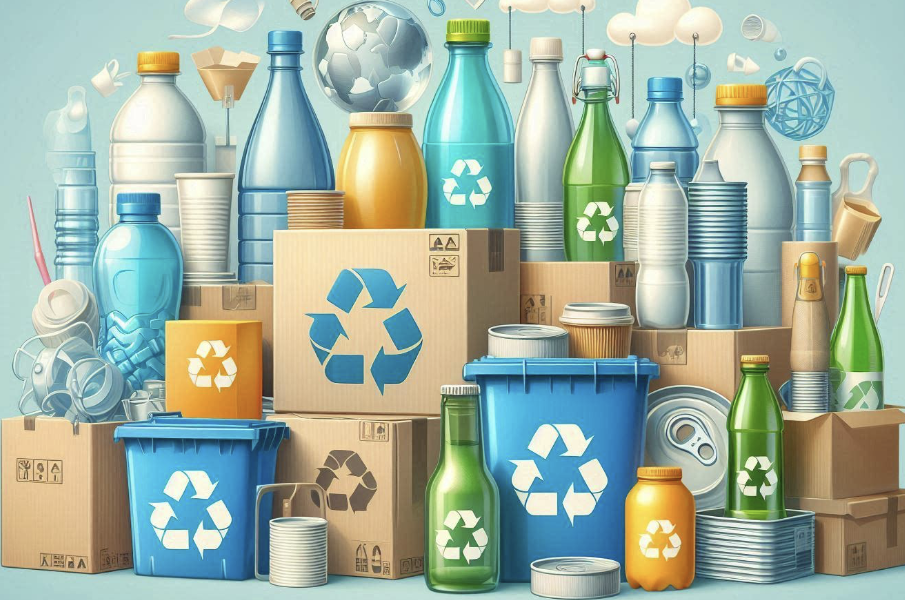The State of the Chemical Industry and the Environment
Concerns about air and water pollution, chemical toxicity, sustainability, resource depletion and product end-of-life issues have placed the chemical industry under increasing pressure to produce more environmentally friendly products, adopt greener production methods and commit to sustainability initiatives.
Current Trends in the Chemical Industry
The industry is responding. Let’s examine some of the ways the chemicals sector is addressing these demands.
Green Chemistry
Green chemistry aims to eliminate or reduce the use of harmful substances in chemical manufacturing while also minimizing waste. Green processes can be employed to produce various products, including water-based solvents, bio-based plastics, green catalysts such as enzymes, solvent-free adhesives, and natural fragrances and dyes.
It is expected that more companies will adopt green processes in the future, and the number of green chemical processes available for manufacturing is likely to increase.
Bio-based Sourcing
Bio-based sourcing replaces the traditional and potentially harmful materials used to make chemicals — such as fossil fuels and non-renewable resources — with renewable plant-based materials like corn, sugarcane, cellulosic biomass, and vegetable oil.
These bio-based materials can be used to manufacture products such as bioplastics, biofuels, surfactants, adhesives and pharmaceuticals. While bio-based materials currently account for about 20% of the chemicals market, demand driven by technological advancements, increasing investments, the development of circular economies, and consumer and legislative pressures is expected to grow.
More Efficient Energy and Water Usage
Chemical manufacturing can be an energy-intensive process. Chemical manufacturers are transitioning to more energy-efficient and environmentally friendly processes and equipment in response to regulatory pressures and consumer demands. These include advanced process controls and heat recovery systems, which can reduce energy use by up to 30%.
The adoption of greener, renewable energy sources, such as wind and solar power, is also gaining traction among chemical manufacturers.
Additionally, some companies are taking steps to better manage water resources. Water conservation strategies include recycling and reuse technologies, as well as implementing more water-efficient manufacturing methods that reduce water usage for cleaning and cooling.
Sustainability
Sustainability is becoming increasingly vital in the chemicals sector, prompting companies to innovate in several ways. One significant focus is the development of biodegradable and compostable plastics, often sourced from materials like cornstarch and sugarcane. As consumer demand for these eco-friendly alternatives rises, the market is expected to expand.
Moreover, advancements in recycling and recovery techniques enable better reuse of materials. Carbon capture and utilization (CCU) technologies are also being used to capture CO2 emissions from manufacturing processes and convert them into valuable products like fuels and fertilizers.
Staying Ahead of Changes to the Chemical Industry
Many companies find it challenging to stay informed about new developments in the chemicals industry. Industry Intelligence Inc ’s Sustainable Chemicals Report delivers the information you need to stay ahead of market developments and make informed business decisions.
Every day, the Sustainable Chemicals Report highlights the latest innovations, best practices, key environmental initiatives and important personnel news from across the industry, along with an AI-powered news brief that offers updates on evolving business trends. It’s crucial information you need to stay competitive.
Sign up now for our FREE 30-day trial at https://www.industryintel.com/subscription/sustainable-chemicals.


